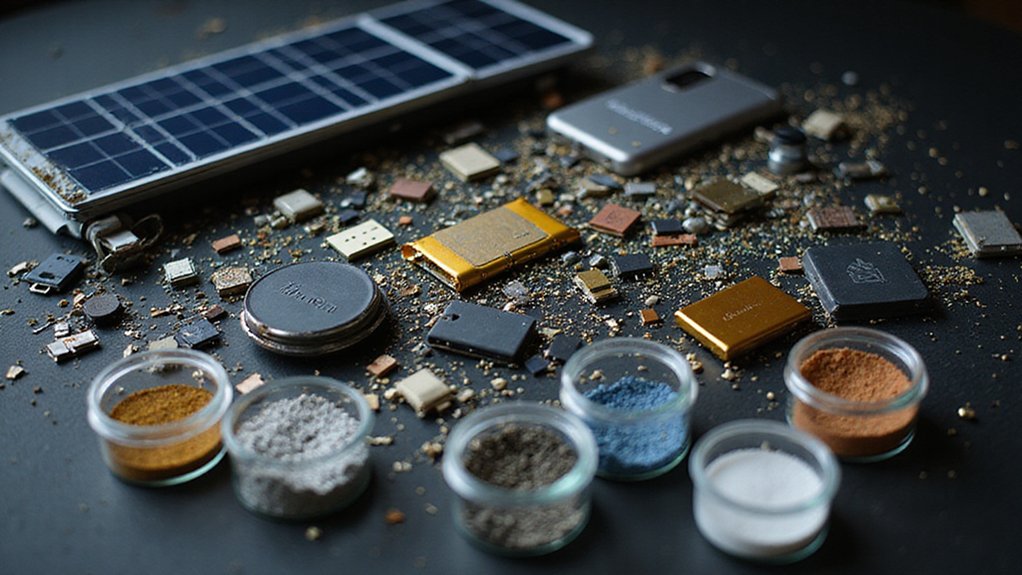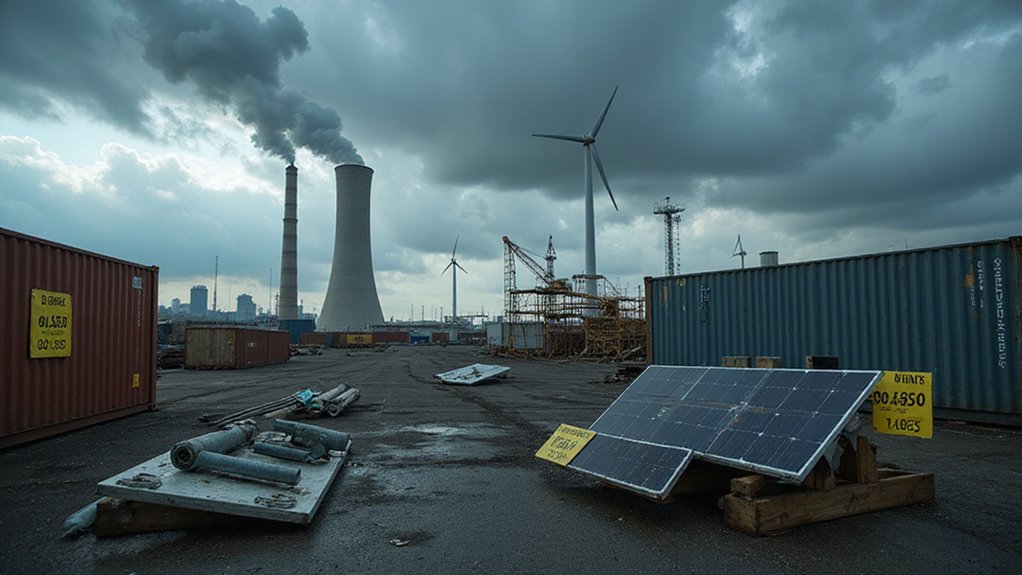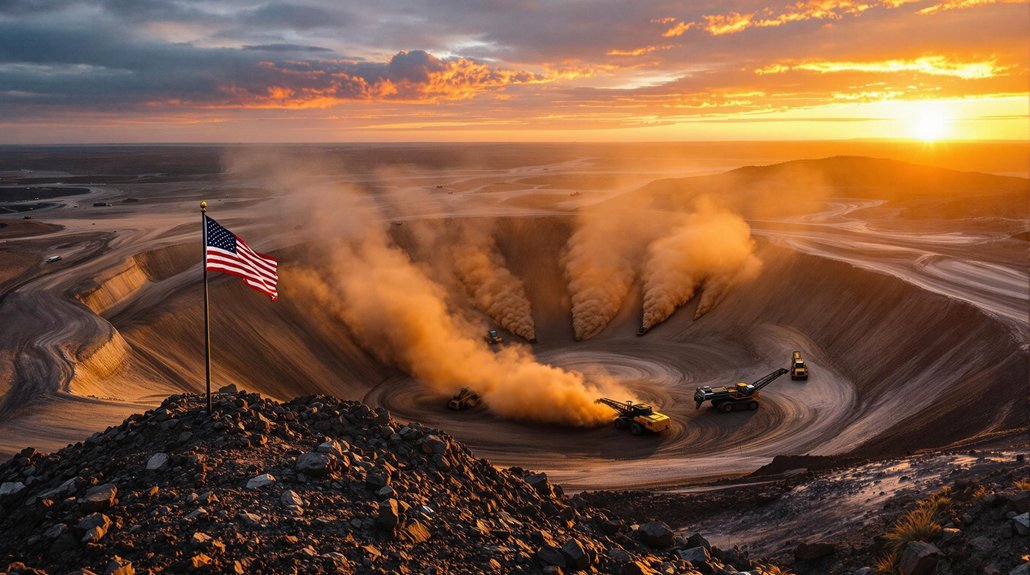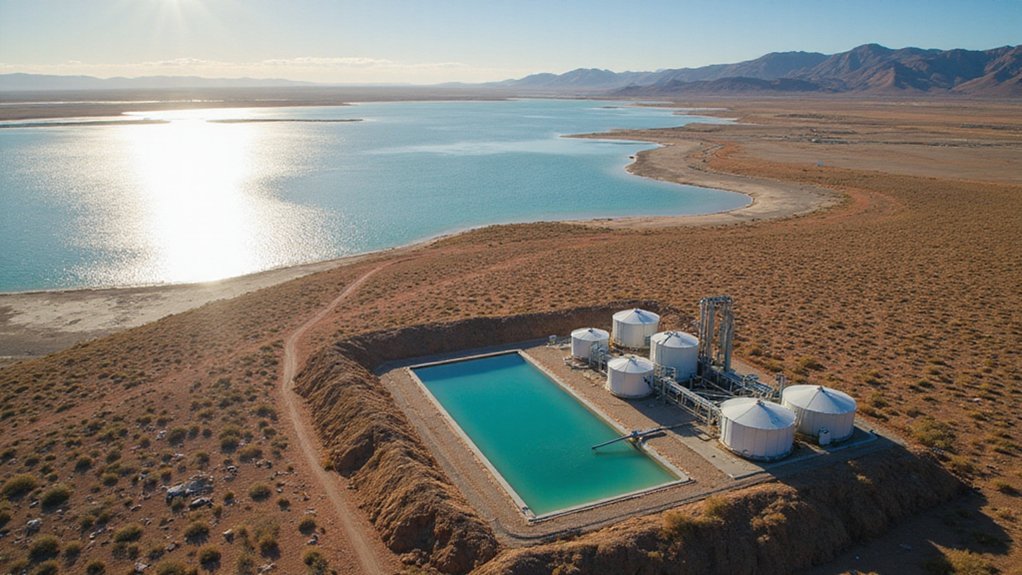Urban mining is emerging as America’s hidden treasure for critical minerals. Instead of developing new mines, companies are extracting valuable resources from electronics, industrial waste, and old mine tailings. This approach recovers essential minerals like rare earth elements, lithium, and cobalt needed for smartphones and green technology. It’s environmentally friendlier and reduces dependence on foreign sources. The innovation could create jobs while securing minerals crucial for America’s economic and national security future.
Beneath the Earth’s surface lie hidden treasures that power our modern world. These resources, known as essential minerals, are crucial to America’s economy and security. They include rare earth elements, lithium, cobalt, and dozens of other materials that make modern technology possible. As demand grows for electronics, renewable energy systems, and defense technologies, these minerals have become increasingly significant.
Our modern world runs on essential minerals, hidden treasures beneath our feet powering everything from smartphones to security systems.
Essential minerals aren’t always rare, but their supply chains often face disruption risks. Many come from just a few countries, creating vulnerability when political tensions rise or natural disasters strike. The U.S. government has identified about 50 minerals as essential based on their economic importance and supply risk. The criticality of these minerals changes over time as supply and societal needs evolve. The flexible classification of critical minerals can also vary by country and context.
Today’s green technologies require considerably more minerals than traditional systems. A typical electric car uses six times more minerals than a gasoline-powered vehicle. Wind farms need nine times more mineral resources than natural gas plants. Even our smartphones and tablets contain multiple essential minerals for their batteries, screens, and circuits. The global demand for these critical minerals is expected to double by 2030 and triple by 2040.
Scientists are now looking at innovative ways to reduce America’s dependence on foreign sources. Rather than always opening new mines, they’re exploring how to extract minerals from places we’ve already disturbed. Old mine tailings, industrial waste, and even electronic garbage can contain valuable minerals waiting to be recovered.
This approach, sometimes called “urban mining,” reduces environmental impact while securing crucial resources. Recycling electronics can recover gold, silver, copper, and rare earth elements. Processing waste from existing mines might yield minerals that weren’t valuable when the mine was first operating but are essential today.
The challenge involves developing cost-effective methods to extract these minerals from complex materials. Mining companies and researchers are creating new technologies to separate valuable elements from waste streams. These efforts could create jobs while reducing the need for new mines in untouched areas.
References
- https://www.energy.gov/cmm/what-are-critical-materials-and-critical-minerals
- https://www.usgs.gov/faqs/what-a-critical-mineral
- https://profession.americangeosciences.org/society/intersections/critical-minerals/
- https://unu.edu/merit/news/what-are-critical-minerals-and-why-are-they-so-important
- https://energy.virginia.gov/geology/criticalminerals.shtml









